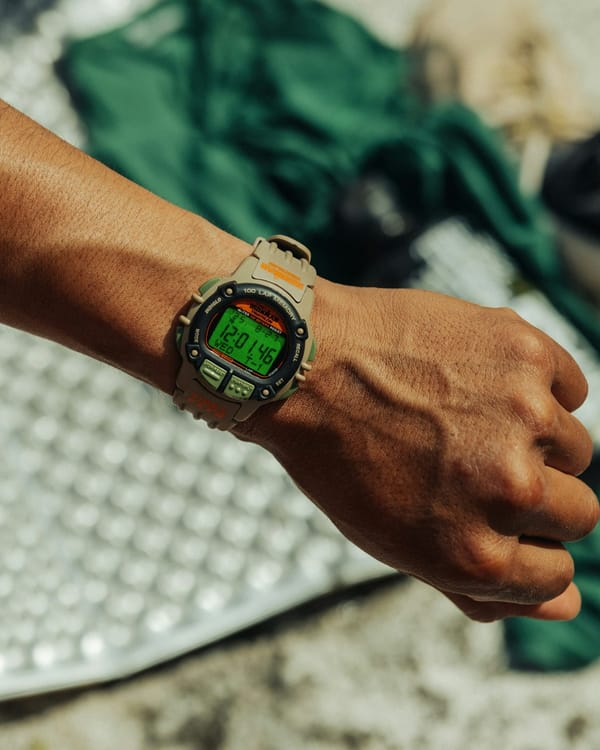Revolutionizing the Ride: The Potential Impact of Self-Healing Metal on Cycling

Imagine a bicycle that could repair its own wear and tear, a bike that could self-mend its frame if it developed a crack or fracture. This concept, though it may seem like a fanciful idea pulled straight out of a sci-fi novel, might be closer to reality than you think. Researchers from Texas A&M University and Sandia National Laboratories have made a breakthrough in materials science that could potentially revolutionize the cycling industry.
The researchers observed a “fatigue crack,” a slow-developing fracture in metal, healing itself in a thin sheet of platinum foil. While this discovery was made in a highly controlled laboratory setting, the implications of this “self-healing” metal could have vast potential applications, including the world of cycling.
Today’s bicycles, especially high-performance models, are engineered to be lighter, stronger, and more durable. Yet, even with advances in materials and construction, bikes can and do fail. The repeated stress from riding, particularly in strenuous conditions or high-impact disciplines such as mountain biking, can lead to microscopic cracks in the bike’s frame that grow over time. Typically, these cracks would necessitate a repair or even a replacement frame.
But what if the bike frame could repair itself? This is where the researchers’ discovery comes into play. In their study, the scientists found that the platinum foil could heal itself through a process called “cold welding,” where a combination of local stress and grain boundary migration enables the metal to mend at a nano-scale level.
Could this process be applicable to bicycle frames made from materials other than platinum, like aluminum or carbon fiber? The researchers believe so. They argue that while their direct experimentation involved platinum, they created atom-level simulations of the crack healing process in other metals. They contend, “This phenomenon is not peculiar to platinum.”
One challenge is the speed of the healing process. Metal doesn’t heal as quickly as it cracks, meaning the cold welding process could potentially slow the spread of cracks but not eliminate them entirely. Further research will be needed to determine if these findings can be applied practically and if the healing process can be accelerated.
For now, we’re not quite at the point where our bikes will be able to self-repair, but this fascinating research opens up a tantalizing possibility for the future of cycling. The application of self-healing metal in bicycles could mean fewer repairs, longer-lasting bikes, and a revolution in bike design and manufacturing. It brings us one step closer to the ideal of a more sustainable, durable, and self-maintaining form of transportation. The future of cycling could very well include bikes that stand up to the test of time, healing themselves from the wear and tear of the ride.





